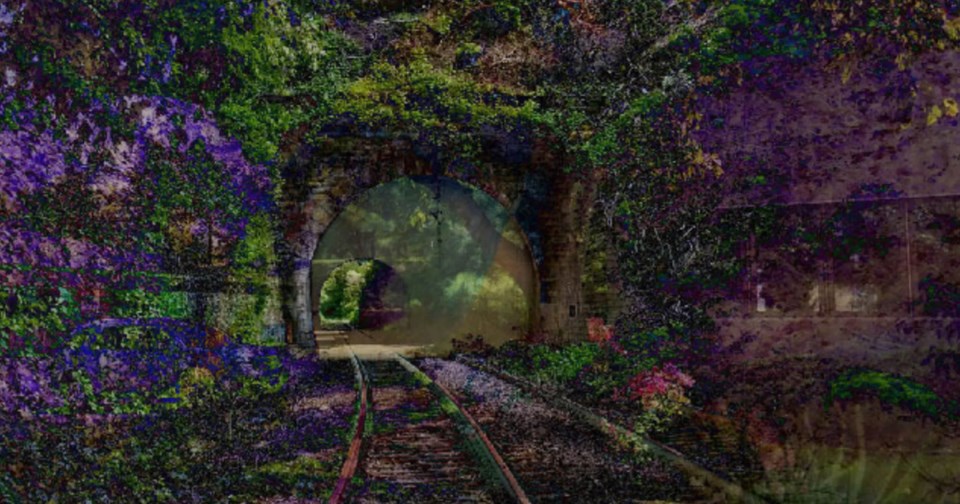A federal judge recently upheld a decision by the US Copyright Office denying a copyright registration for an artwork created solely by artificial intelligence. This ruling brings up important questions about the applicability of copyright law to creative works generated by AI systems without direct human involvement.
At its core, copyright law is intended to protect original works of human authorship and provide incentives for human creators. Since the first US copyright law in 1790, courts have emphasized the human element as central to copyright eligibility. Even with new technologies like photography and film, human creative choices have remained a prerequisite for protection. AI muddies these waters given its ability to generate highly sophisticated and humanlike creative output without direct human ingenuity or decision making.
The C/G Boundary
ChatGPT became available to the public on November 30, 2022. I’ve given the date a name: the Curation/Generation AI Boundary (C/G Boundary). The C/G Boundary marks the transition from a time when AI was predominantly used to curate and organize preexisting content to a period characterized by AI’s capability to autonomously generate content and solutions. September 2021, OpenAI’s “knowledge cutoff month,” is also notable because since then, it has become more challenging to discern content created solely by humans from that which may have had AI assistance or origination.
We are nearing the end of year one post the C/G Boundary, which we can call the Generative Era (GE). At 1GE, no content can be guaranteed to be original. Which brings us back to the federal judge’s recent decision that I refer to at the beginning of this article.
The Question of Copyright for AI-Generated Works
The recent court decision declined to stretch copyright law to cover works made independently by AI technologies. The judge highlighted how copyright is designed to encourage human creativity by granting limited monopolies, not nonhuman systems. Although the ruling applies narrowly to a single work of AI art, it signals judicial reluctance to fundamentally expand copyright doctrine for AI creations.
The legal landscape remains complex and uncertain here. The Copyright Office has said that works assisted by AI can still qualify for protection if they involve sufficient human creative contribution. Courts may need to rule on these hybrid cases to clarify where exactly the line for copyright eligibility should be drawn as AI capabilities progress. There are other areas of IP law like patents and trade secrets that could apply to some AI systems as well.
Looking ahead, striking the right policy balance will be crucial but difficult. On one hand, we want to continue incentivizing human innovation and creativity at the heart of copyright purposes. On the other hand, we want to account for AI’s emerging capabilities to generate works that are highly original and socially valuable in their own right.
There are reasonable arguments on both sides. Expanding copyright protection could stimulate valuable AI advances, allowing companies to recoup investments. But this risks over-empowering AI platforms in ways that restrict public access and derivative human creativity. Restricting copyright for AI creations may discourage beneficial technology development or may pressure companies toward greater secrecy rather than openness.
Maintaining copyright’s focus on human authorship makes sense only if we can redefine human authorship. Right now, a prompt gives the prompter pride of authorship, but no legal rights in and to the works the AI creates. Perhaps prompt engineers can be granted copyright protections and the work product of the models they use can somehow be associated with those rights. There are very new intellectual and technical challenges ahead. There are no easy answers. If there were, we would not be working so hard to rethink what it means to create.
We will need to be open-minded as AI capabilities evolve. Thoughtfully expanding copyright eligibility to some narrowly defined categories of AI creations without human input could be warranted down the road. The key will be crafting nuanced policies that thoughtfully balance impacts on human creators, AI developers, and the broader public.
If you want to go much deeper into this issue, please sign up for our free online course Generative AI for Execs. It will help you frame arguments both for and against, take you through the process of AI training, and give you a deeper understanding of how generative AI systems are likely to evolve.
Author’s note: This is not a sponsored post. I am the author of this article and it expresses my own opinions. I am not, nor is my company, receiving compensation for it.
ABOUT SHELLY PALMER
Shelly Palmer is the Professor of Advanced Media in Residence at Syracuse University’s S.I. Newhouse School of Public Communications and CEO of The Palmer Group, a consulting practice that helps Fortune 500 companies with technology, media and marketing. Named LinkedIn’s “Top Voice in Technology,” he covers tech and business for Good Day New York, is a regular commentator on CNN and writes a popular daily business blog. He's a bestselling author, and the creator of the popular, free online course, Generative AI for Execs. Follow @shellypalmer or visit shellypalmer.com.




